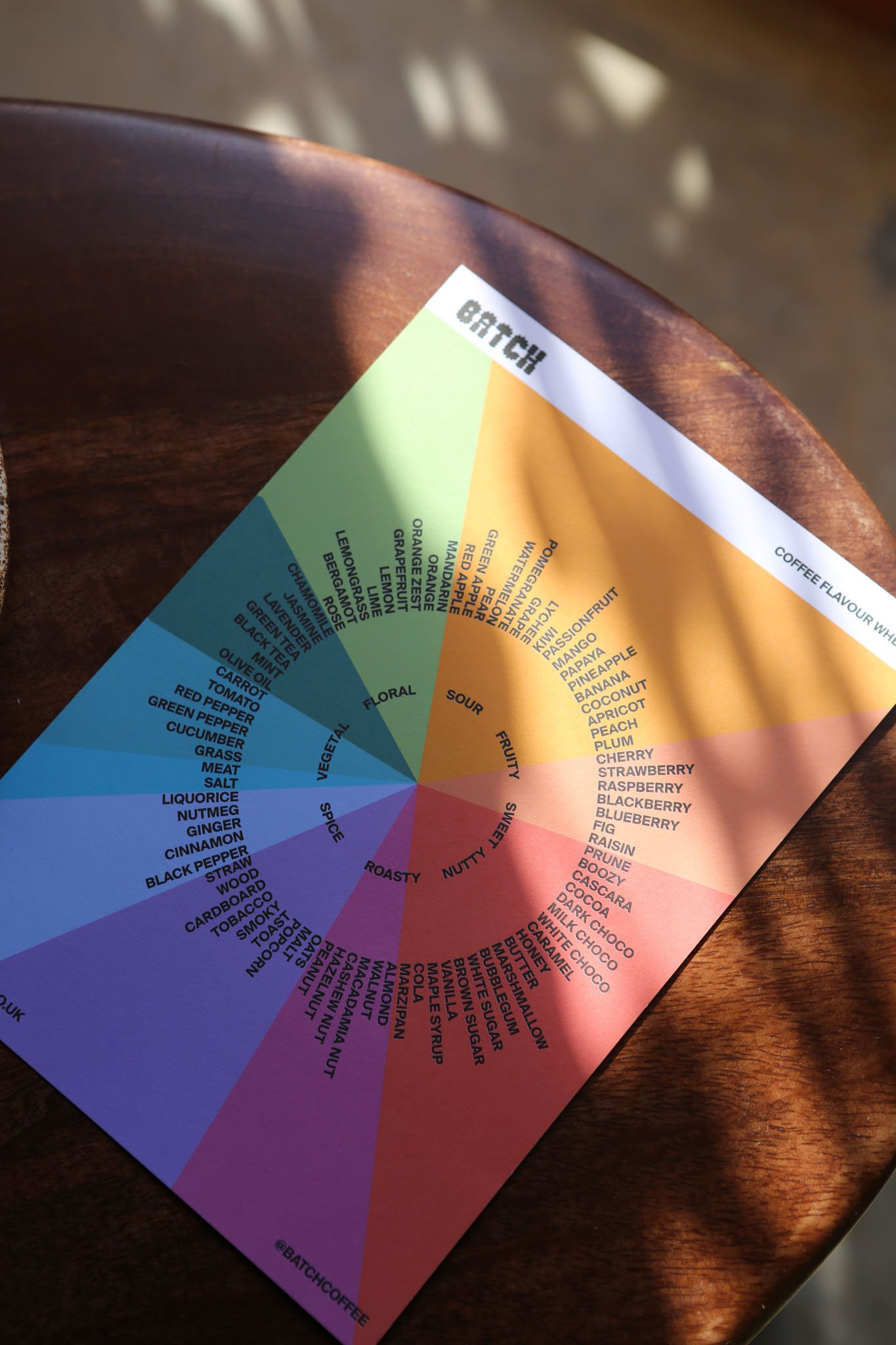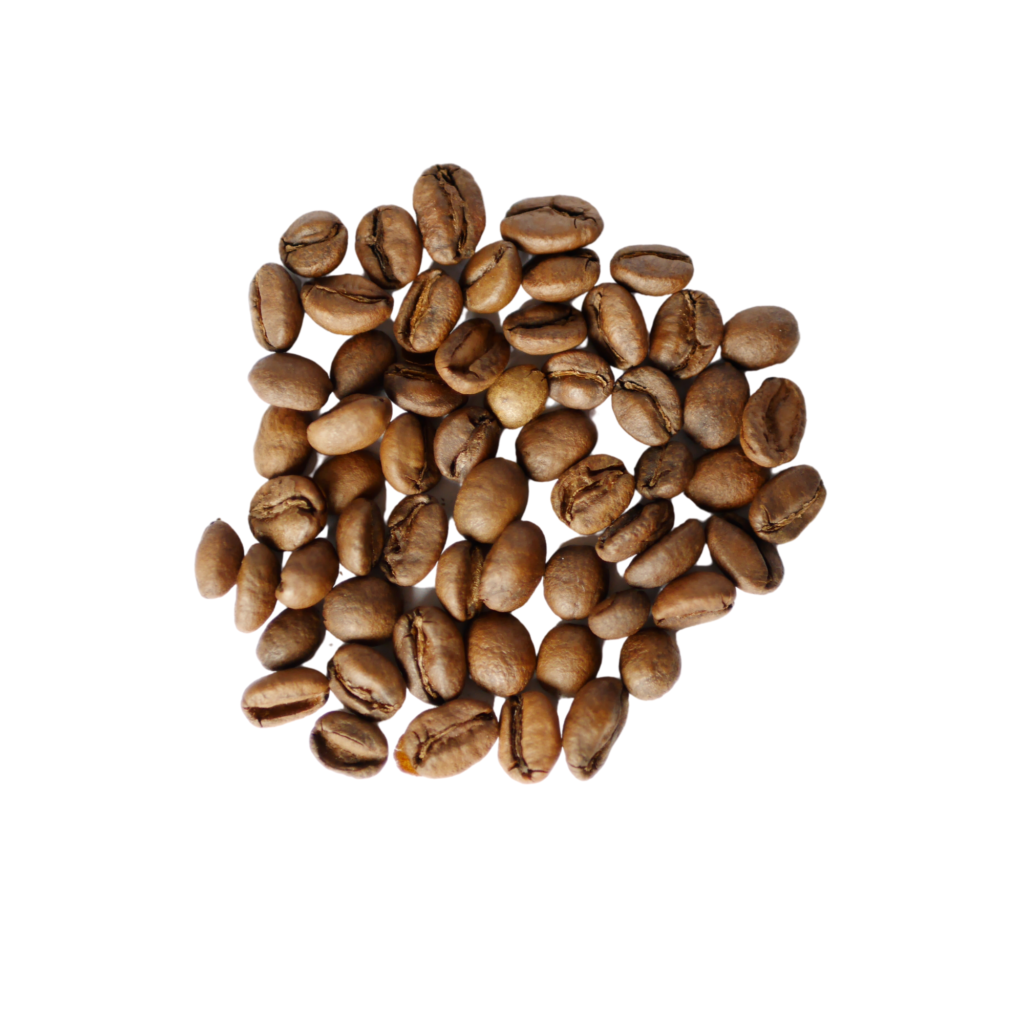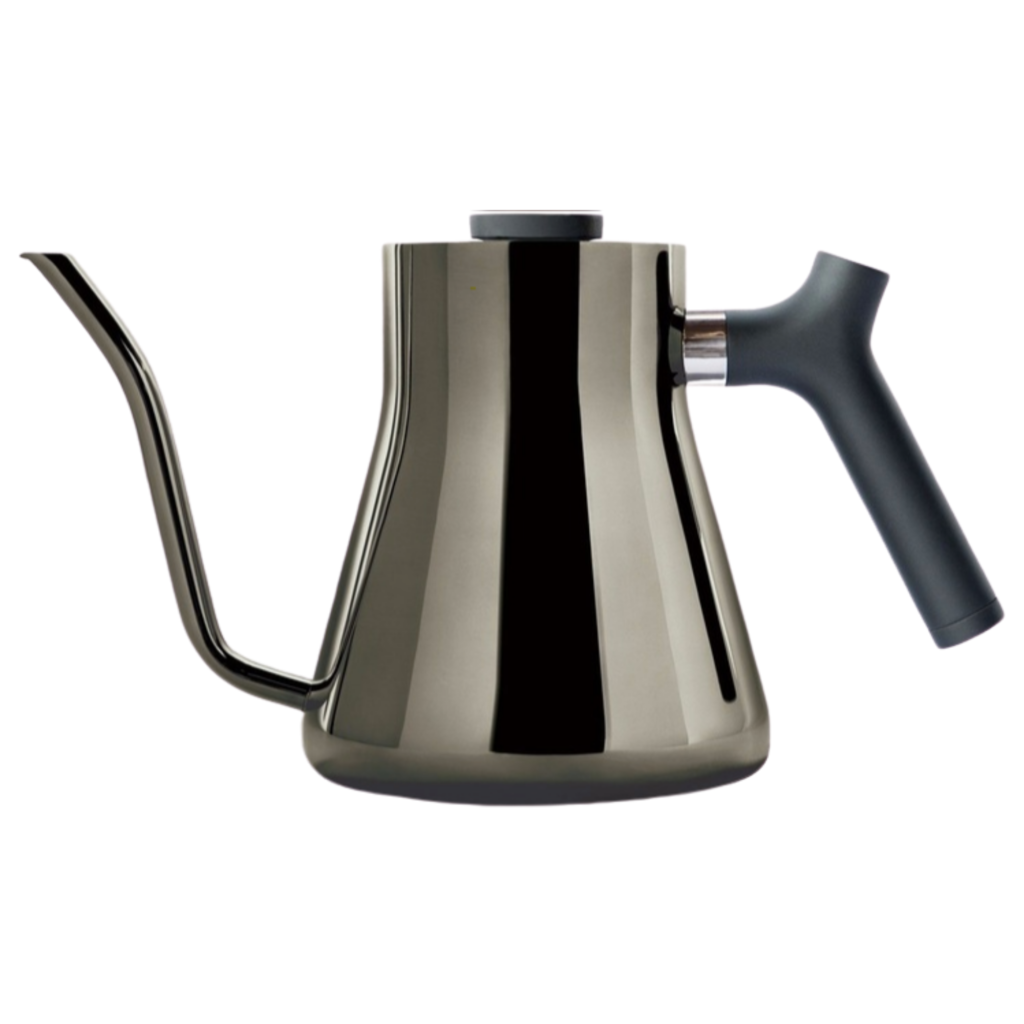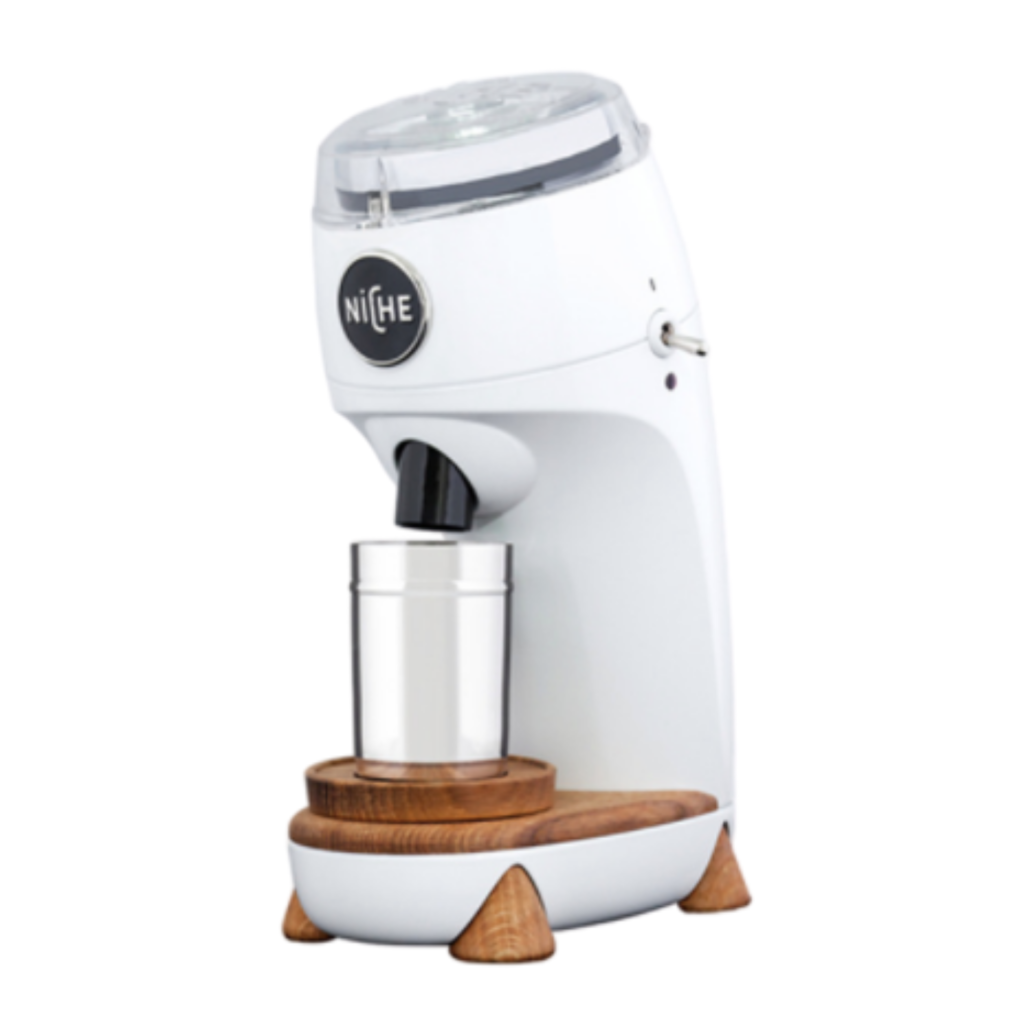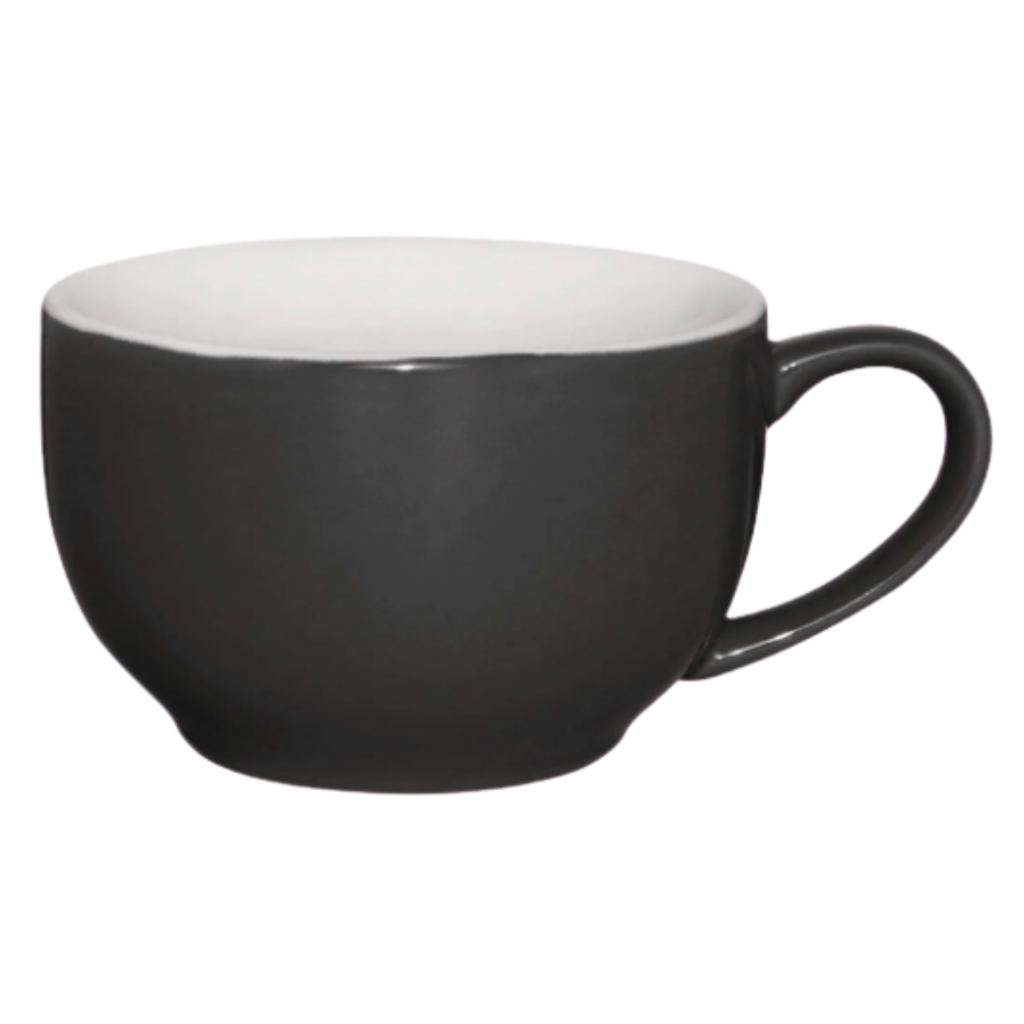Coffee Cupping at Home: Tips and Guide
Coffee doesn’t always taste like coffee!
Coffee cupping is the doorway into the magical flavour profiles of speciality coffee.
When typed into google you will find alternative types of massage originating in china but coffee cupping is also the standardised technique used to taste and measure coffee.
It was developed to standardise the rating procedure with the same restraints used all over the world.
When commercially coffee cupping, you may either be cupping the same coffee but different roast profiles or various types of coffee.
There is usually a scoring card that ranks fragrance, aroma, flavour, aftertaste, acidity, body, uniformity, balance, sweetness and cleanliness.
Then after the coffee has been cupped it is given a score out of 100. Where anything over 80 is top-class speciality coffee.
Only a select few lucky people get to experience or work in commercial cupping. A keen sense of smell and taste is a must as well as a tolerance to high levels of caffeine. A new trend of public coffee cuppings have sprouted up all over the world over the last few years.
Attracting baristas, curious coffee folk or any significant others that get dragged along to events that usually attract the passionate sort.
My coffee cupping experience started off in the upstairs room of Rueben Hills in on a sunny Sydney Saturday morning. I joined 8 others in a fantastically narrated cupping lead by one of their senior roasters.
With Frank Ocean in the background we all learned the route that the coffees we were tasting came from.
It was fascinating and drew me even more into the World of coffee.
Photo; Nar Coffee Roasters
This was my first real dive into different extraction methods other than espresso and French press.
This was also the first time that I had truly been able to taste the difference between coffees and opened my eyes to some of the different flavours coffee can take on.
I remember a natural Ethiopian Coffee that tasted like a fruit tea and was blown away.
We got taught how to cup like a pro, ‘the louder the slurp the better the cupper”.
Not all of the coffee cuppings that I have been to were this personal. However after travelling to many places in the world, people who have a passion for coffee always have the time to talk and exchange information or stories.
Photo: Market Lane
I couldn’t recommend going to a public coffee cupping enough.
Most of them are free to attend as most third-wave coffee shops are looking to educate people on why to spend that extra bit of money on their coffee because of the process that it has been through.
You will almost certainly try some world-class coffees, many of which aren’t usually available to purchase, and without a doubt you will come away with a new appreciation for speciality coffee.
So if you’re anything like me and enjoy trying things out for yourself at home. Here is how you would cup coffee at home.
Coffee Cupping Guide
Just so you know. When you buy via the links on our blogs, we may earn an affiliate commission at no cost to you. Learn More
Note; Coffee cupping is all about standardising the whole procedure.
We recommend using a brew ratio of 1 part coffee to 20 parts water. In our method, we use 15g of coffee as our porcelain cup holds 300g of water.
This is great when there are a few of you but when it’s only you there may be a lot of waste so you can adjust the volumes according to the 1:20 ratio.
What you need
Method
1. Grind your coffee
Grind the coffee coarse like you’re making a French Press, then empty the ground coffee into the cup.
2. Smell the coffee grounds
Take a smell and see if you can identify any flavours from the aroma of the grounds.
Shake the coffee around a little in the cup to realise more fragrance. This is a wonderful part of the procedure, it’s priming your senses to what you can expect to taste.
3. Pour over the water
Start the timer and slowly pour the water onto the coffee grounds, making sure that you have wet all of the coffee.
The water temperature should be 90℃ – 95℃.
4. Smell the Brew
Have another smell, as the coffee has now been subject to water different notes may now be released.
5. Break the crust
After four minutes the coffee is ready to be broken. Assume the smelling position and with a spoon gently break the crust of coffee that has been formed on top of the cup.
This releases even more flavour notes and will give you a clear indication as to what you can expect to taste.
6. Skim off the foam
Skim off the caramel coloured foam that collects on the surface using two spoons being careful not to disturb the ground coffee on the bottom of the cup.
7. Let the coffee cool
Let the coffee cool for a couple of minutes or so and then you are ready to cup.
8. Slurp and taste
Take a spoonful of coffee and slurp away. At public coffee cuppings, you will hear all sorts of animal noises coming from coffee aficionados, with the most extravagant slurps.
The idea is to spray the coffee evenly all over your palate while introducing oxygen to give yourself the best chance of tasting even the most subtle of notes. You will inevitably spill coffee all down your chin on attempt one and hope that nobody saw it.
9. Keep tasting as it cools
Let the coffee cool and cup again. Many coffees open up as they reach room temperature so don’t be disappointed if you don’t taste something right away.
10. Write down your results.
Write down anything that you taste and any parts of the palate that are stimulated. Think about how the coffee feels in your mouth, is it heavy or light? Does the coffee have one distinct note or is it well balanced? Does the coffee taste the same throughout the sip or does it evolve into other flavours?
There is no right or wrong answer here. If you taste something, write it down even if it is an inflatable beach ball!
FAQs
What is the best coffee cupping grind size?
The best sort of grind size when you are coffee cupping is coarse. A similar sort of grind as if you were making a French press.
How much coffee do I need for coffee cupping?
You can use any volume of coffee as long as the ratio of coffee:water is 1 : 20. In our method, we use 15g : 300g but you can adjust your volume depending on your cupping vessel.
It is important to keep all of the volumes the same across all the coffee you are cupping.
What is the best coffee cupping spoon?
In our home method, we use a soup spoon. Official coffee cupping spoons are similar in shape but slightly smaller.
Where can I find coffee cupping?
Coffee cuppings are usually held at independent coffee roastery’s.
They will normally advertise through social media and can be anything from spontaneous affairs or monthly public cuppings. Check out our map for a list of coffee roasters in the UK.
How do you start coffee cupping?
You can take coffee cupping as far as you like when it comes to equipment.
However all you really need is a selection of coffees to taste and a spoon.
The above technique calls for various apparatus and measures, however the most important thing is tasting the coffee.
So pour some water over coarsely ground coffee and slurp away.
Why do you need to slurp loudly when coffee cupping?
The loud slurp during coffee cupping isn’t just bad manners – it’s actually an essential technique for properly tasting the coffee! When you slurp aggressively, you’re doing several important things at once.
Firstly, slurping quickly aerates the coffee and sprays it across your entire tongue and palate, rather than just landing on the tip of your tongue like a regular sip would. This ensures that the coffee hits all of your taste buds, allowing you to pick up on the full range of flavours – from the bright, acidic notes at the front of your palate to the bitter, chocolatey notes at the back.
Secondly, the vigorous slurp introduces oxygen into the coffee, which helps vaporise the aromatic compounds. This means you’re not just tasting the coffee, you’re also smelling it at the same time, which dramatically enhances your ability to detect subtle flavour notes. Your nose can actually detect thousands of different compounds, whilst your tongue can only taste five basic flavours (sweet, sour, bitter, salty, and umami).
The louder the slurp, the more air you’re pulling in with the coffee, and the better the aeration. Professional cuppers make genuinely impressive slurping sounds – you might feel a bit self-conscious at first, but don’t be shy! At a professional coffee cupping, the room will be filled with loud, guttural slurps that sound like they’re trying to hail a taxi. It’s all part of getting the complete tasting experience and being able to evaluate the coffee as objectively as possible.
What’s the difference between coffee cupping and coffee tasting?
Whilst these terms are often used interchangeably, they’re actually two distinct methods of evaluating coffee, each serving a different purpose.
Coffee cupping is a highly standardised evaluation system with specific protocols that must be followed. It uses only roasted coffee grounds and hot water – no filters, no brewing equipment, nothing that could introduce variables. The coffee is prepared identically every time using precise measurements (typically a 1:18 ratio), specific water temperatures (90-95°C), and exact steeping times (usually 4 minutes). Professional cuppers then score the coffee based on standardised criteria like fragrance, aroma, acidity, body, flavour, and aftertaste, resulting in a final score out of 100. This allows coffee professionals around the world to evaluate and compare coffees objectively, using the same “language” to communicate about quality.
Coffee tasting, on the other hand, is a much broader and more relaxed approach. It follows no specific protocol and gives you complete freedom to evaluate coffee brewed using any method you like – whether that’s espresso, French press, pour-over, or anything else. There’s no standardised scoring system, and you can focus on whatever aspects interest you most. Coffee tasting is really about enjoying the flavours and exploring how different brewing methods, filters, and techniques affect the final cup.
Think of cupping as the scientific, professional evaluation tool used by importers, roasters, and quality control specialists to assess green and roasted coffee beans. Coffee tasting is the more casual, enjoyable approach that anyone can use to appreciate and compare different coffees. Both are valuable – cupping gives you objective, comparable results, whilst tasting lets you explore how a coffee performs when actually brewed the way you’d drink it at home.

